Expansion of Hospitality Sector
The Commercial Drink Mixer Market is poised for growth due to the ongoing expansion of the hospitality sector. As restaurants, bars, and hotels continue to proliferate, the demand for efficient and versatile drink mixers is expected to rise. Recent statistics indicate that the hospitality industry has been growing at a rate of 15% per year, which directly correlates with increased mixer sales. Establishments are increasingly recognizing the importance of high-quality mixers in delivering exceptional customer experiences. This trend suggests that the Commercial Drink Mixer Market will benefit from the heightened focus on beverage quality and presentation in the hospitality sector.
Health-Conscious Consumer Trends
The Commercial Drink Mixer Market is adapting to the growing trend of health-conscious consumers who are increasingly seeking low-calorie and natural mixers. As awareness of health and wellness continues to rise, consumers are gravitating towards mixers that offer healthier alternatives without compromising on taste. This shift has led to the introduction of organic and low-sugar mixers in the market. Data indicates that the demand for health-oriented mixers has surged by approximately 30% in recent years. This trend not only influences product development but also encourages manufacturers within the Commercial Drink Mixer Market to innovate and diversify their product lines to meet evolving consumer preferences.
Increased Focus on Sustainability
The Commercial Drink Mixer Market is witnessing a heightened focus on sustainability, as consumers and businesses alike prioritize eco-friendly practices. This trend is prompting manufacturers to develop mixers that utilize sustainable ingredients and packaging. Recent surveys indicate that approximately 70% of consumers are willing to pay a premium for products that are environmentally friendly. Consequently, businesses are increasingly seeking mixers that align with these values, leading to a surge in demand for sustainable options. This shift not only reflects changing consumer attitudes but also positions the Commercial Drink Mixer Market to capitalize on the growing market for sustainable products.
Rising Demand for Craft Beverages
The Commercial Drink Mixer Market is experiencing a notable increase in demand for craft beverages, which has been driven by changing consumer preferences. As consumers seek unique and artisanal drink experiences, establishments are investing in high-quality mixers to enhance their offerings. According to recent data, the craft beverage segment has seen a growth rate of approximately 20% annually, indicating a shift towards premium products. This trend compels businesses to adopt innovative drink mixers that can cater to the diverse flavor profiles desired by consumers. Consequently, the Commercial Drink Mixer Market is likely to expand as more establishments aim to differentiate themselves through unique beverage offerings.
Technological Advancements in Mixing Equipment
The Commercial Drink Mixer Market is benefiting from technological advancements in mixing equipment, which enhance efficiency and consistency in beverage preparation. Innovations such as automated mixers and smart technology integration are becoming increasingly prevalent, allowing establishments to streamline their operations. These advancements not only improve the quality of mixed drinks but also reduce labor costs and preparation time. Recent market analysis suggests that the adoption of advanced mixing technologies could increase operational efficiency by up to 25%. As a result, businesses are more inclined to invest in modern mixers, thereby driving growth within the Commercial Drink Mixer Market.


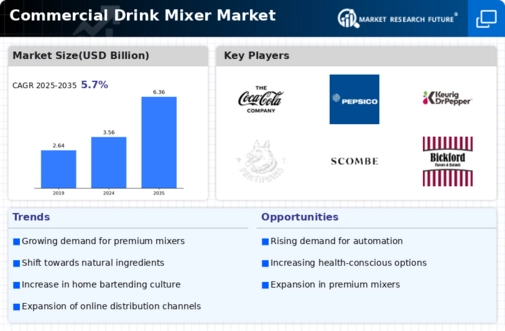
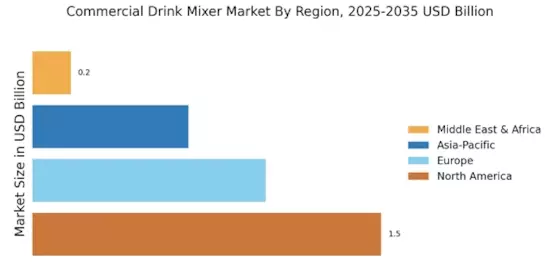
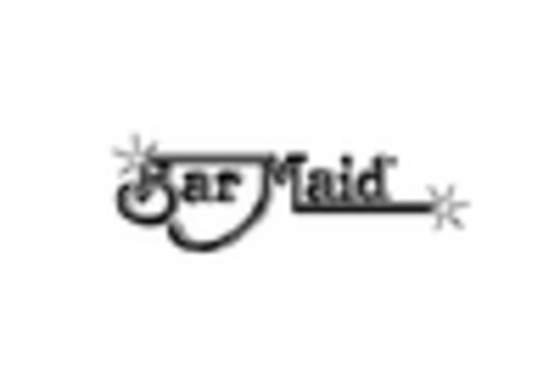
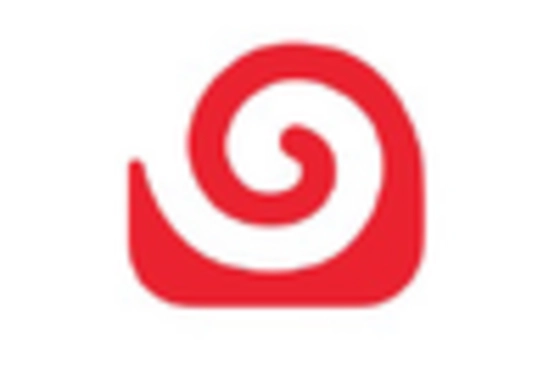
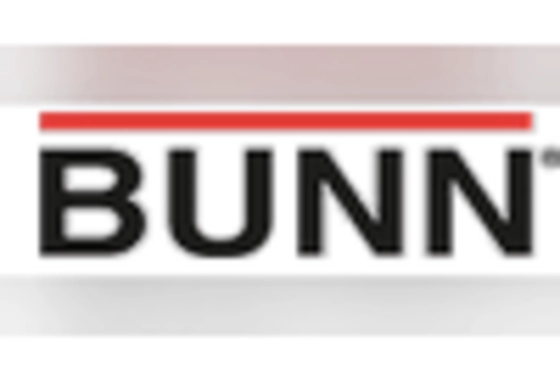
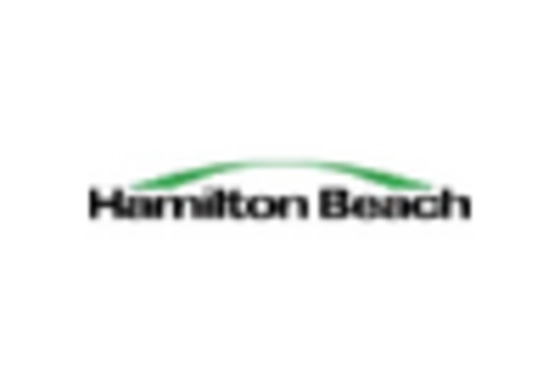

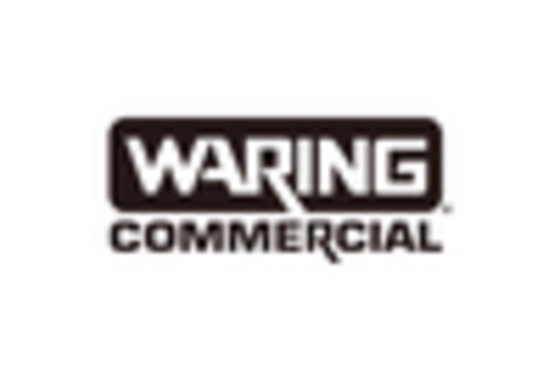








Leave a Comment